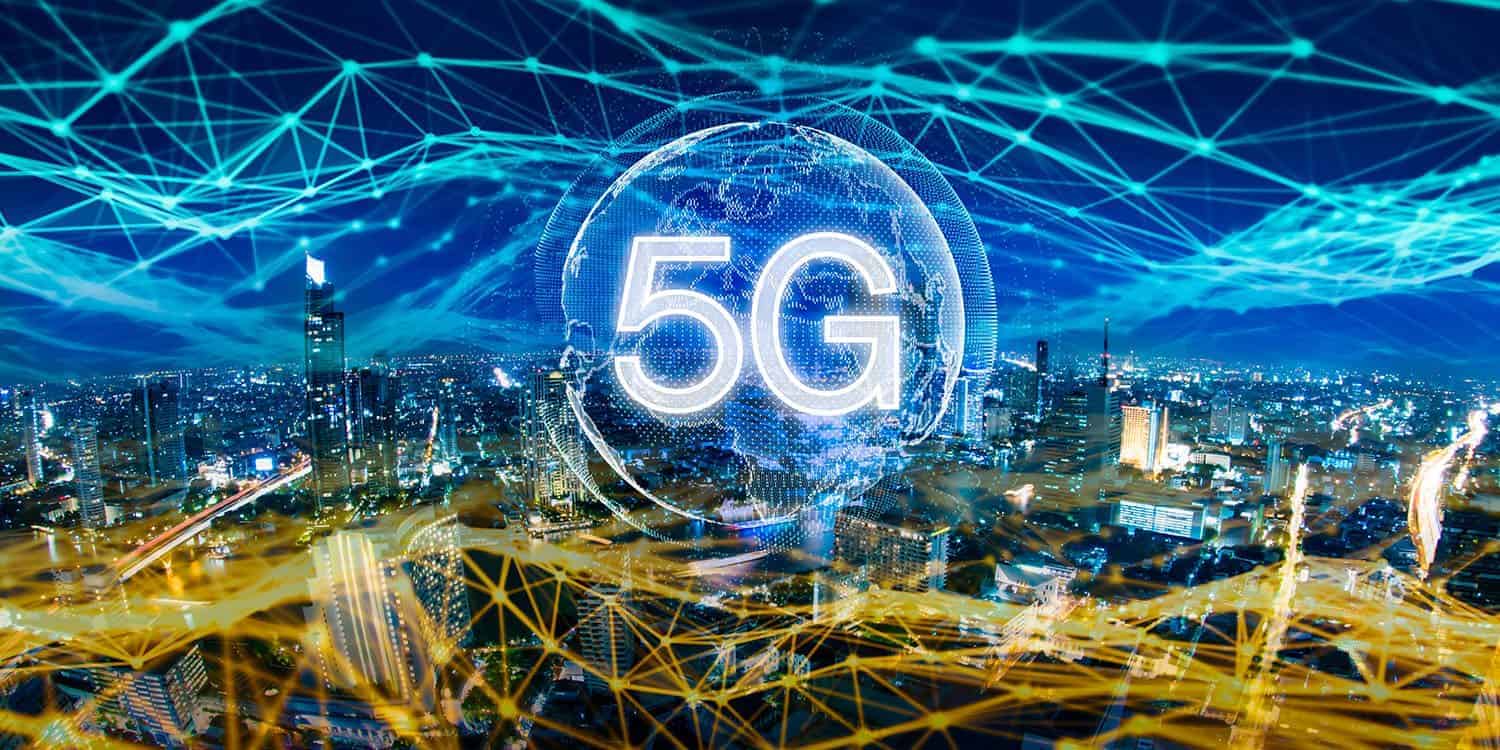5G Radiation and Skin Cancer

This article focuses on the subject of 5G radiation. It is a non-ionizing type of electromagnetic radiation. Because 5G radiation is so small, it does not have the ability to break the chemical bonds of biological tissues or trigger any changes to cells. It's not clear whether the effects of 5G radiation alter the risk of developing skin cancer. No evidence has been found to suggest it may cause other disease.
Millimeter-wave radiation with high frequency
High-frequency millimeter wave radiation emitted by mobile devices and wireless networks could cause adverse health effects for humans. There are several ways that this radiation can cause harm. In certain instances the radiation could cause damage to someone's DNA. In other cases it could cause damage to other parts in the human body like the brain.
Recent research has shown that 5G technology could induce the heating of tissues. This is why researchers from the International Council on Non-Ionizing Radiation Protection (ICNIRP) has asked for a review of existing safety standards for biological and thermal radiation. The current standards of exposure do not protect people from extreme heat when exposed to pulsed millimeter wave radiation.
Skin cancer risk

There isn't a definitive answer yet to the question of whether 5G radiation could cause skin cancer. However, it is believed that 5G RF-EMFs behave much like high-LET ionizing radiations. In turn, they can produce excessive levels of free radicals that can be found in the skin. The FCC has not yet issued any specific guidelines about the risks of 5G technology. Consequently, the debate on the subject continues.
Although there are a number of studies that examine the effects of radio waves that are higher frequency on the human body but they've remained small in the scope. However, there is concern over the effects of millimeter-wavelength exposure on oxidative stress and gene expression. The effects could extend to the skin and other organs, such as the brain.
Impact on other diseases
The latest generation of technology for wireless called 5G is rapidly growing in popularity however, scientists are concerned about the potential health risks. 5G technology is expected to significantly increase the quantity of electromagnetic radiation that is found in our environment. 5g radiation is a problem that has sparked debates in many countries which includes Switzerland. In September 2017 390 scientists and doctors were in favor of the suspension of 5G technology. This call was ignored by the European Commission, which is in charge of controlling the use of technology like 5G.
In the end, , more research is needed to study the health implications of 5G. While we wait studies have proven that 5G does not cause the same effects in humans as radiation from older mobile networks. Also, it doesn't spread the new coronavirus type. Furthermore it doesn't make people more susceptible to infections caused by viruses.
The measurement of exposure
Monitoring exposure to radiation from 5G is a vital aspect in ensuring the safety of 5G networks. There are two ways to gauge exposure. One method is measuring the power of radio waves absorption by human tissue. does 5g emit radiation involves measuring the amount of radiofrequency energy emitted through an object. Radiofrequency energy (RF) refers to an electromagnetic field of energy that comes from radio transmitters.
Within the United States, the FCC has implemented a limit on the energy density of 5G mobile devices. The tests are able to measure power density at a distance of a few inches, and it is the FCC does not have to measure every beam. However, it is possible to determine the energy density for each beam can be estimated through computer simulation. The worst case scenario is selected based on the configuration of each beam.
The study has its limitations
There's been plenty of discussion over the impact of 5G radiation on human health. For instance, the Swiss authorities, for example, has produced a report which concludes that the technology is not likely to cause negative health consequences in the short term, but there are no studies that show long-term effects. But, the report contains several issues that include biased reports.
The strength and frequency of radio waves that generate energy depend on the frequency. The energy carried by a millimetre waves will be the same as that of current radio waves however they will be less visible and are ideal for high-density settings, since they will not be block by walls or glass. Urban areas with high density would require a high number of tiny, low-power sites while suburban areas would benefit from 5G sites that operate at lower frequencies.
